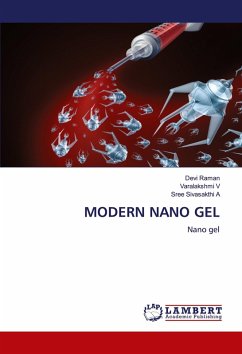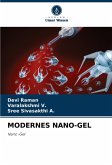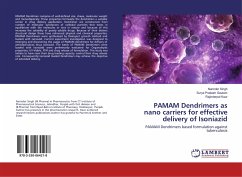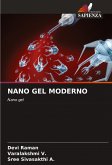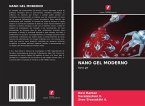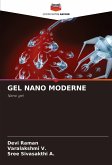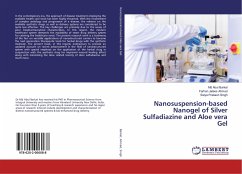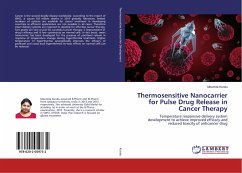Nanogels are non-ionic and ionic nanosystems that are made from physically or chemically cross-linked polymers, either hydrophilic, hydrophobic, or amphiphilic. The nanogel-forming materials may also consist of polysaccharides and proteins, which are selected based on their biodegradable, less immunogenic response. These are made to be particularly successful in increasing the drug payload in the targeted region and controlling the propensity of all the other nanocarriers to leak the loaded bioactive. NGs with a diameter ranging between 1 and 1000 nm integrate the properties of hydrogels and nanomaterials. A novel drug transporter ought to have two primary characteristics: it should carry the drug at the desired rate and it should successfully deliver the medication to the target site. As a result, nanogels possess several sophisticated properties that can aid in the development of new delivery systems. A nanogel is defined as "a semisolid system consisting of a dispersion made up of either small inorganic particles or big organic particles contained and interpenetrated by liquid" by the United States Pharmacopoeia.
Bitte wählen Sie Ihr Anliegen aus.
Rechnungen
Retourenschein anfordern
Bestellstatus
Storno

